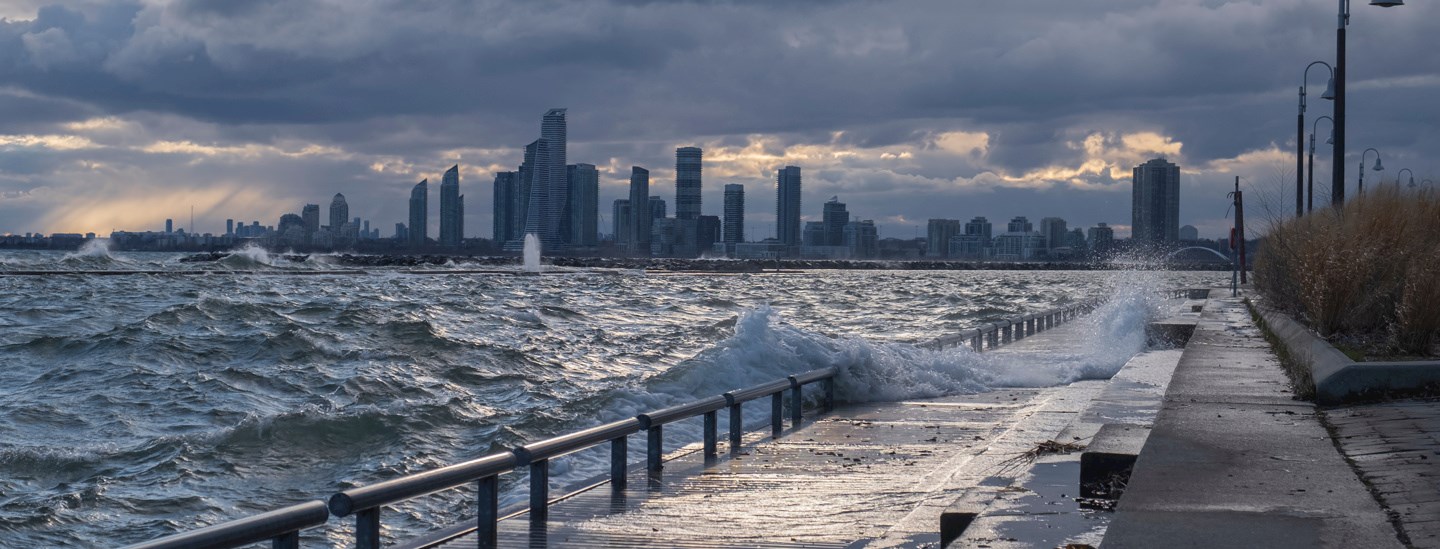A tornado can wreak havoc on any business and its employees. Having a business continuity plan may help you recover from a tornado faster and minimize business interruption. This tornado preparedness guide has advice on how to plan for and recover from a tornado, as well as how to file an insurance claim should a tornado disrupt your business.
- Plan for your business's safety before tornado season
- Know what to do when a tornado watch or warning is issued
- Recover after a tornado
- File a commercial claim after a tornado
Plan for your business's safety before tornado season
If you live in an area with a high probability of tornadoes, review your insurance coverage with your Gallagher advocate. Most Commercial Property insurance policies provide coverage for tornado damage to businesses.
We recommend taking these steps to ensure you're ready for a tornado.
- Meet with your emergency response team to make sure team members understand the plan and their roles.
- Review, revise and distribute your internal communication plan so employees know what to do and where to go for information during a tornado.
- Review the Tornado Preparedness Checklist for actions to take before, during and after a tornado.
- Complete the Policy and Claim Reporting Information Directory with information about each related policy.
- Store photos and/or videos that document your assets and equipment offsite or online.
- Verify that all contacts on the Emergency Resource List are current.
- Update your Crisis Communications Planning Checklist.
- Review steps for communicating with employees in the Social Media and Disaster Communication Checklist.
- Make sure your business is equipped with items on the Disaster Supply List.

